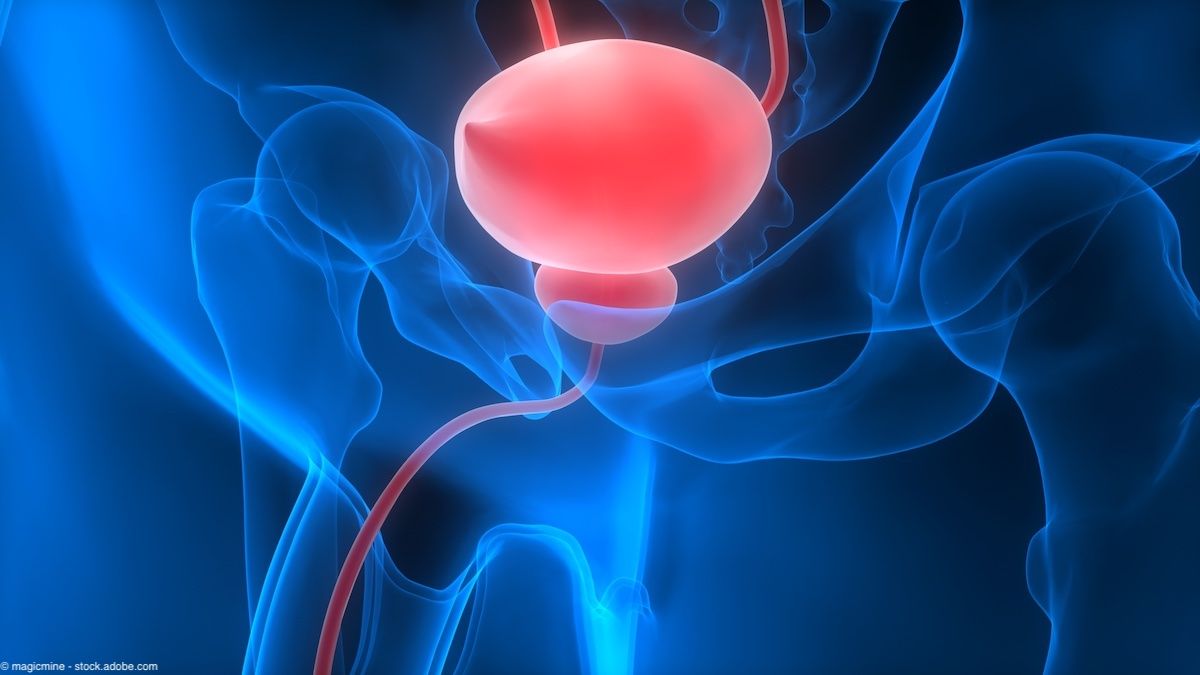Article
Research supports endoscopic surgery to treat VUR
Studies of vesicoureteral reflux in children show steady progress in treatment modalities and outcomes.

What may be the largest meta-analysis of Dx/HA use to date found an overall success rate of 79%. There was a significant difference in success based on VUR grade and on the definition of success used by each study, said first author Jonathan Routh, MD, chief urology resident at the Mayo Clinic, Rochester, MN, working with Yuri Reinberg, MD, and Brant Inman, MD.


One of the more controversial presentations was a poster showing significant cost differences between outpatient extravesical reimplantation procedures and endoscopic management of reflux using Dx/HA. Endoscopic management costs topped $4,700 per patient compared to $3,900 for outpatient reimplantation to achieve similar outcomes. The costs were similar when evaluated on a per-procedure basis.
"We reported in 2005 that reimplantation can be done safely on an outpatient basis," said first author Kara Saperston, MD, a urology resident at the University of Utah, Salt Lake City, working with Patrick Cartwright, MD, and colleagues. "What we did not know was the cost impact of outpatient and endoscopic management of unilateral vesicoureteral reflux."
Dr. Saperston and her colleagues reviewed all single ureter pediatric repairs performed between March 2002 and March 2007 at the University of Utah. Researchers found 183 open procedures and 25 endoscopic procedures. The retrospective analysis used a payer mix-adjusted calculation of surgical fee allowables, anesthesia allowables (including time and start-up), and actual hospital reimbursement.
The total system reimbursement was $4,259 per patient for endoscopic management and $3,945 for the open outpatient procedure, Dr. Saperston reported. Mean operating time was 93 minutes for open versus 45 minutes for endoscopic. Total hospital reimbursement was higher for the endoscopic group because of the charges for Dx/HA. The mean Dx/HA use was 1.2 mL per treatment.
"The authors should be commended for converting a highly successful inpatient procedure into a low-cost procedure performed on an outpatient basis," Dr. Kirsch said.
Clinicians who still discharge patients after an overnight hospital stay might worry that insurers may no longer pay inpatient charges in the face of 95%-plus outpatient success rates.
Comparing the two procedures on the basis of outcome is more problematic. Open reimplantation shows success rates of 94% to 99%, Dr. Saperston noted. That compares to 89% for a single endoscopic treatment, leaving 11% of patients in need of a second Dx/HA injection.
It would take a 70% success rate on second treatment to bring endoscopic management to the 96.5% overall resolution rate seen in outpatient reimplantation. That second injection boosts total treatment costs to $4,727 per patient compared to $3,945 for open outpatient treatment.
Dr. Kirsch questioned the need for second injections. In practice, many failures of both open and endoscopic treatment are downgraded to grade I and simply observed, he explained. Repeat Dx/HA injections are rare.
"This study shows that cost is not significantly different between the two approaches, and should not be a reason to choose one approach over another," Dr. Kirsch said.
Newsletter
Stay current with the latest urology news and practice-changing insights — sign up now for the essential updates every urologist needs.














